Have you ever noticed your feline friend acting a little more anxious than usual? Perhaps they seem overly clingy, or maybe they hide away when certain situations arise. Cats, much like humans, can experience anxiety, especially if they have attachment issues. Understanding these triggers can help you create a more comforting environment for your furry companion. In this article, we explore ten common triggers that can send a cat with attachment issues into a tailspin. Buckle up, as some of these might surprise you!
Sudden Changes in Routine
Cats are creatures of habit. They thrive on routine and predictability. When there’s a sudden change in their daily schedule, like feeding times or play sessions, it can cause anxiety in cats with attachment issues. Imagine waking up one day to find that your entire routine has been flipped upside down. It’s unsettling, right? The same goes for our feline friends. They might become restless or start meowing excessively as they try to cope with the unexpected changes. Maintaining a consistent routine can help alleviate their anxiety and provide a sense of stability.
Absence of Their Favorite Person
Some cats form strong bonds with a particular person in the household. When that person is away, whether for work or a vacation, it can trigger a wave of anxiety. Cats with attachment issues may start to act out, refusing to eat or hiding away. It’s similar to a child missing their parent when they’re at school or a sleepover. The absence of their favorite human can leave them feeling lonely and insecure. Leaving behind an item of clothing with your scent can help comfort them during your absence.
Introduction of New Pets

Bringing a new pet into the home can be an exciting time for you but a stressful one for your cat. Cats are territorial creatures, and the introduction of a new animal can make them feel threatened. They might start to exhibit signs of anxiety, such as hissing, hiding, or even aggressive behavior. Think of it as suddenly having a new roommate move in without any warning. Giving your cat plenty of time and space to adjust, along with gradual introductions, can help ease their anxiety.
Loud Noises and Unfamiliar Sounds
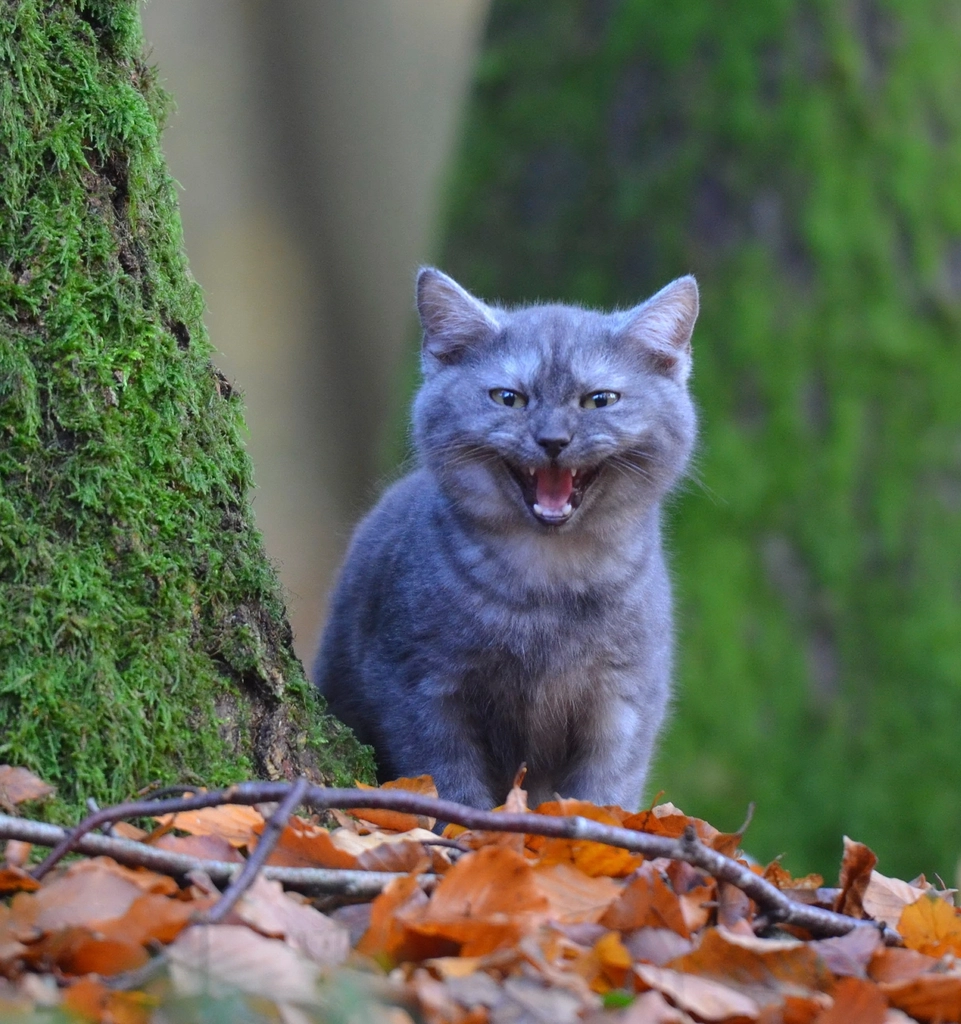
Thunderstorms, fireworks, and even the sound of a vacuum cleaner can be terrifying for cats with attachment issues. Loud and unexpected noises can cause them to panic, leading to behaviors like hiding or excessive grooming. Imagine being in a room and suddenly hearing a loud crash without knowing where it came from. It’s enough to make anyone jump out of their skin! Providing a safe and quiet space for your cat during such events can help them feel more secure.
Changes in Living Environment
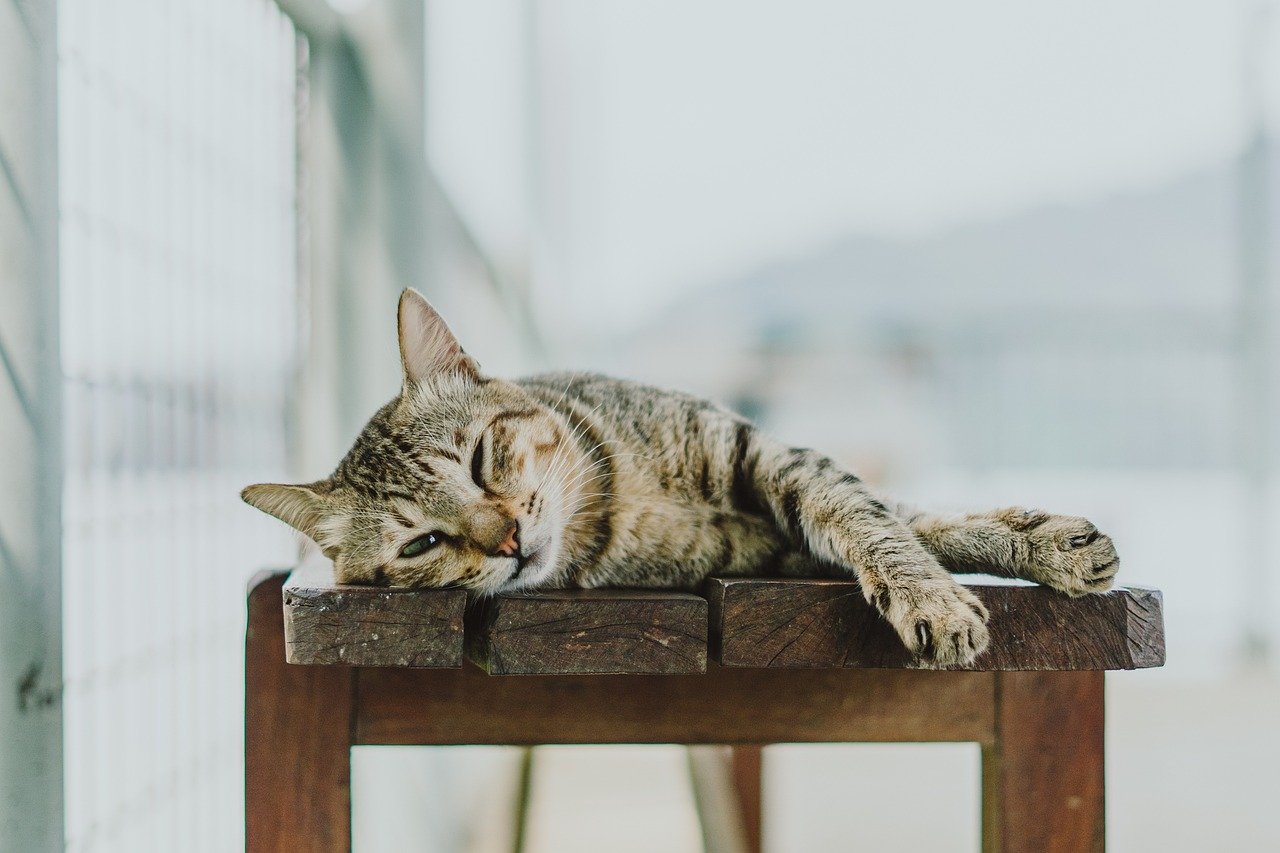
Moving to a new home or even rearranging the furniture can be a major source of anxiety for cats. They rely heavily on their environment for comfort and security. A change in their surroundings can feel like losing their safe haven. Cats with attachment issues might become withdrawn or overly clingy as they try to adjust. Gradually introducing them to their new environment and maintaining some familiar items can help ease the transition.
Health Issues or Pain
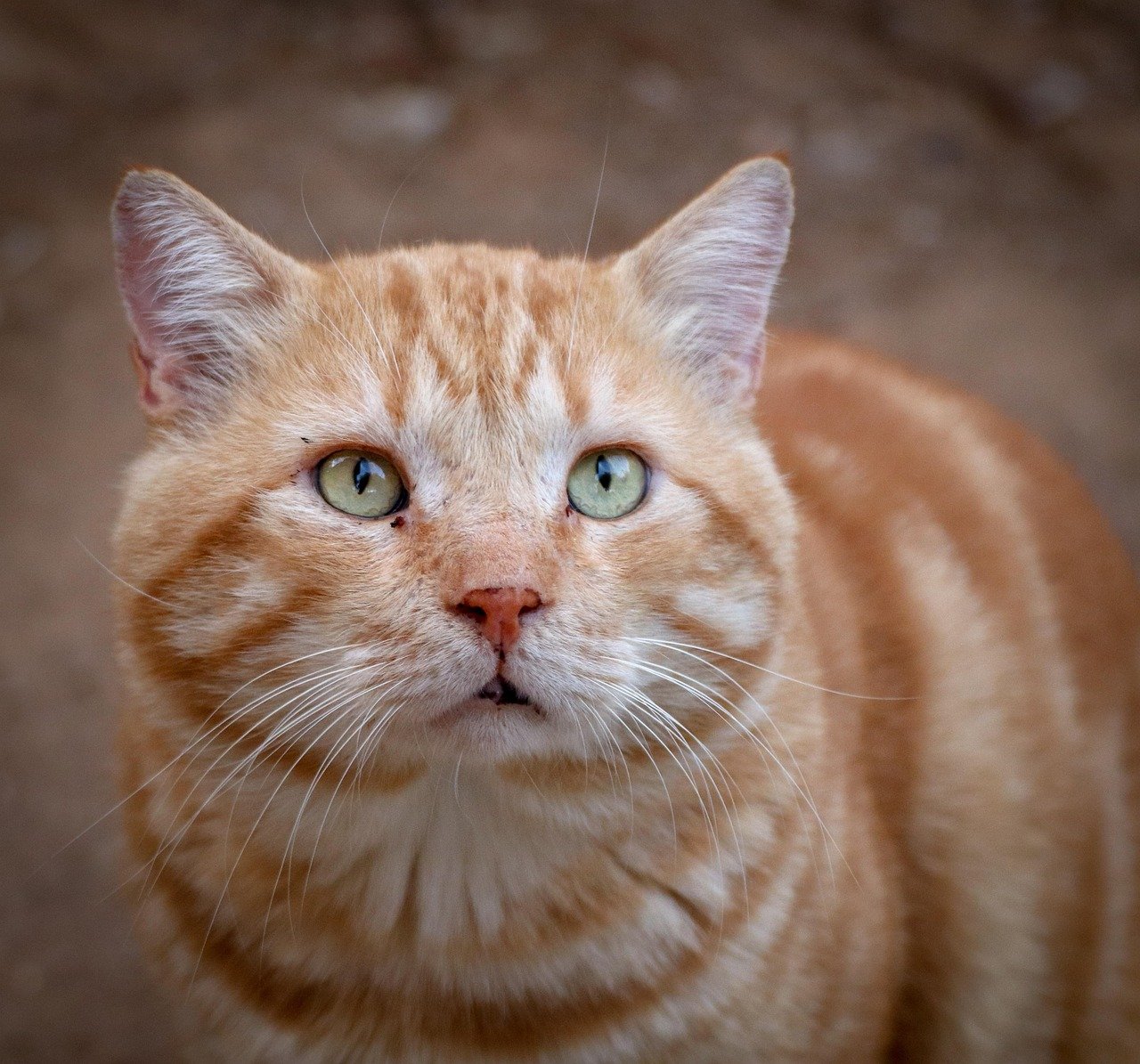
Sometimes, anxiety in cats can be linked to an underlying health issue or pain. Cats are notorious for hiding their discomfort, but changes in behavior can be a telltale sign. If your cat suddenly becomes more anxious, it might be worth a trip to the vet. Imagine dealing with an aching toothache without being able to tell anyone. It’s frustrating and can make anyone feel uneasy. Addressing any health concerns can help reduce anxiety and improve their overall well-being.
Changes in Household Dynamics
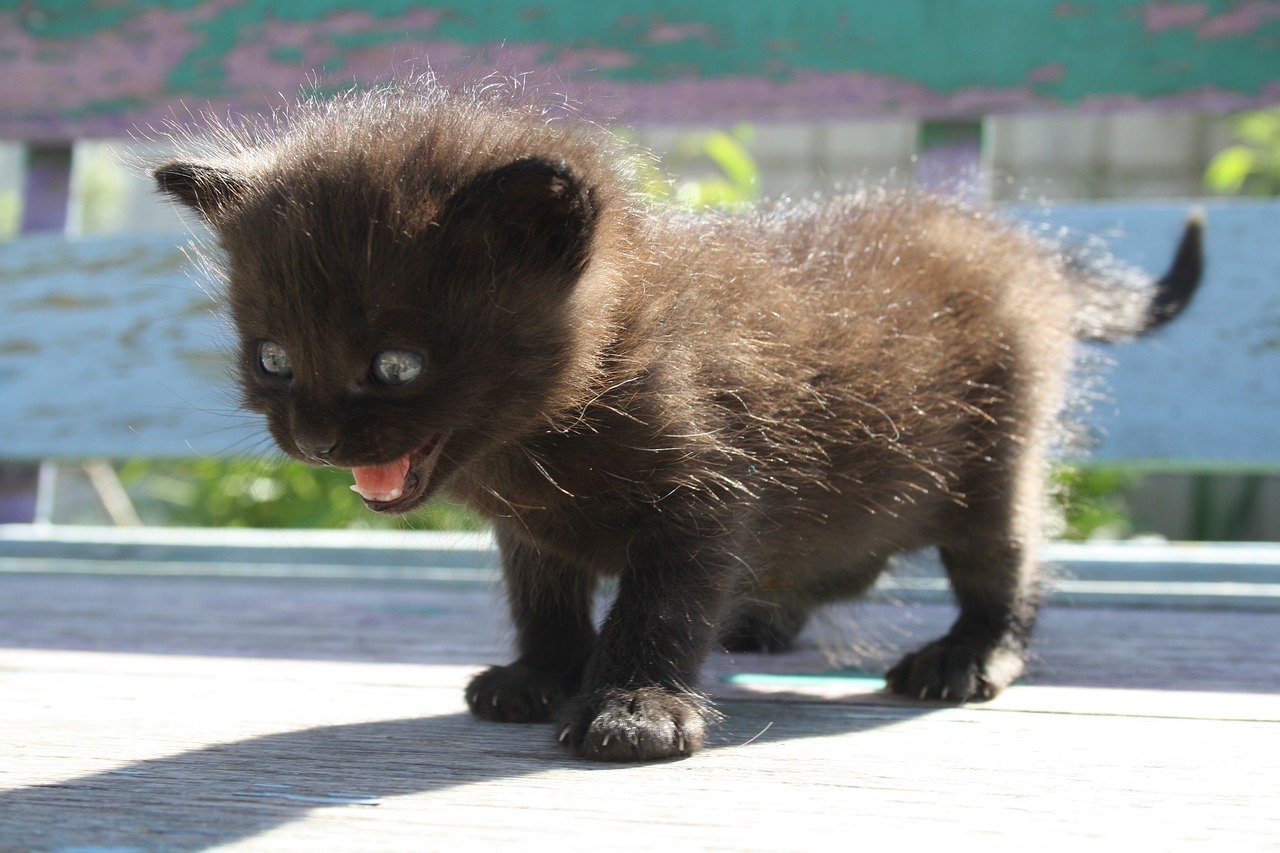
The arrival of a new baby, a roommate moving in, or someone leaving the household can all trigger anxiety in cats with attachment issues. They might become confused and unsure of their place within the new dynamic. It’s akin to suddenly being thrust into a new social setting without any familiar faces. Ensuring that your cat still receives attention and reassurance during such changes can help them feel more secure.
Overstimulation
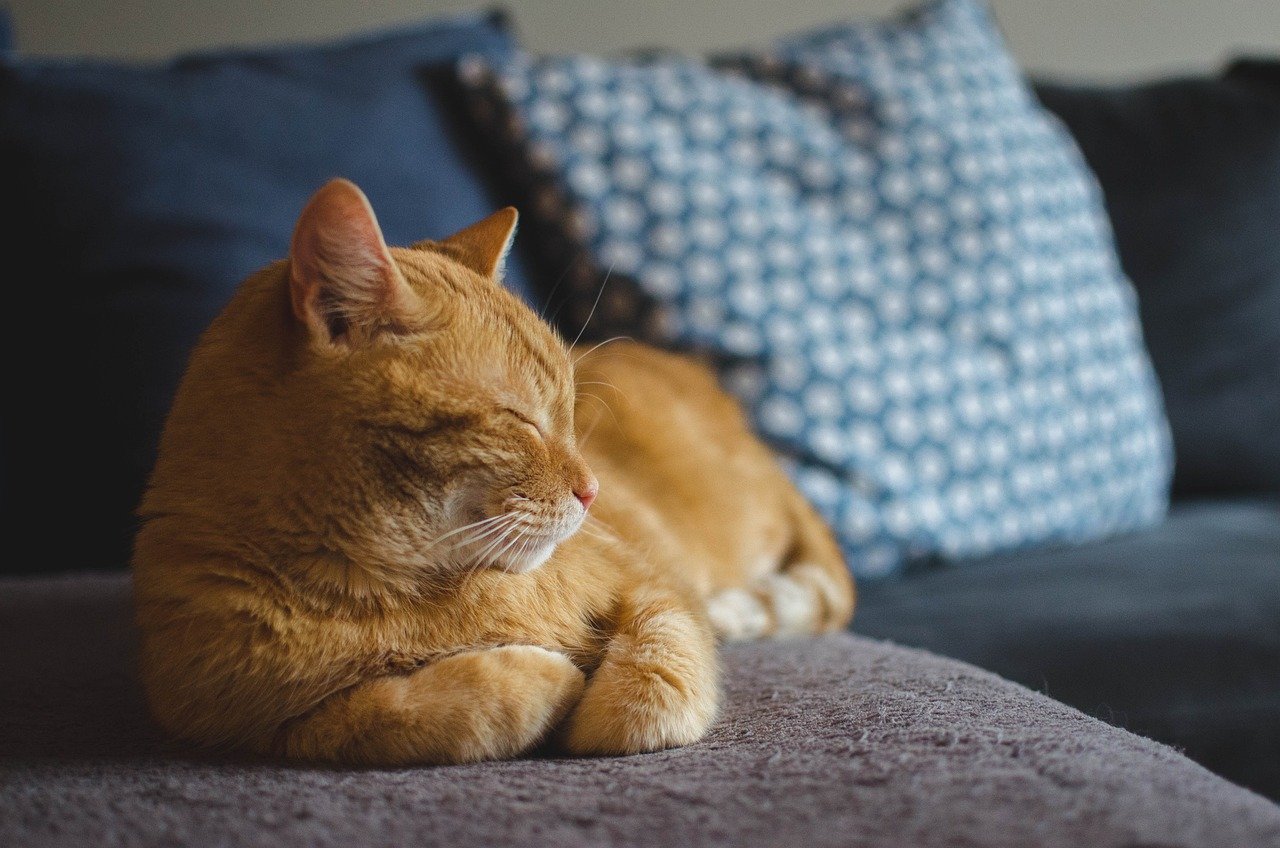
While playtime is essential for a cat’s well-being, overstimulation can lead to anxiety. Too much noise, activity, or even petting can overwhelm a cat, causing them to retreat or become aggressive. It’s like being at a crowded party with music blaring and people talking over each other. Sometimes, you just need a quiet corner to recharge. Knowing your cat’s limits and providing them with a calm space can prevent overstimulation.
Separation Anxiety
Separation anxiety is a common issue for cats with attachment problems. They may become distressed when left alone, leading to destructive behavior or excessive vocalization. It’s similar to a child experiencing their first day at school without their parent. Gradually increasing the time you spend away and providing interactive toys can help ease their anxiety.
Changes in Weather
Believe it or not, changes in weather can also affect a cat’s anxiety levels. Storms, high winds, or even sudden drops in temperature can make them feel uneasy. It’s like being caught in a rainstorm without an umbrella. Creating a warm and cozy space for them to retreat to during adverse weather can provide them with comfort.
To conclude, understanding the triggers of anxiety in cats with attachment issues is crucial in helping them lead a calm and happy life. By recognizing these triggers, you can take steps to minimize their impact and create a more comforting environment for your feline friend. After all, a happy cat makes for a happy home. What surprising trigger did you discover today?
Hi, I’m Bola, a passionate writer and creative strategist with a knack for crafting compelling content that educates, inspires, and connects. Over the years, I’ve honed my skills across various writing fields, including content creation, copywriting, online course development, and video scriptwriting.
When I’m not at my desk, you’ll find me exploring new ideas, reading books, or brainstorming creative ways to solve challenges. I believe that words have the power to transform, and I’m here to help you leverage that power for success.
Thanks for stopping by, Keep coming to this website to checkout new articles form me. You’d always love it!






